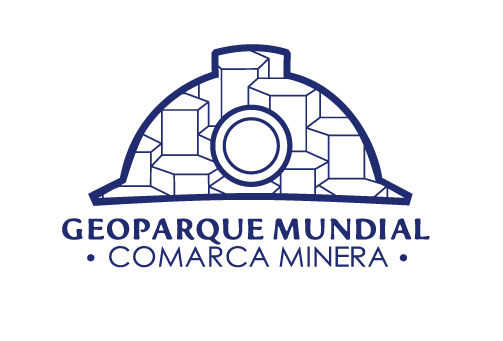20° 8’25.72″N, 98°44’22.63″O
Pachuca de Soto
Pachuca
Pliocene 2.5 to 5 Myr Trans-Mexican Volcanic Belt
This site is located northeast of Pachuca and is the highest elevation around the urban area of Pachuca de Soto. It also houses numerous mining works used in the exploitation of silver in Real del Monte and Pachuca.
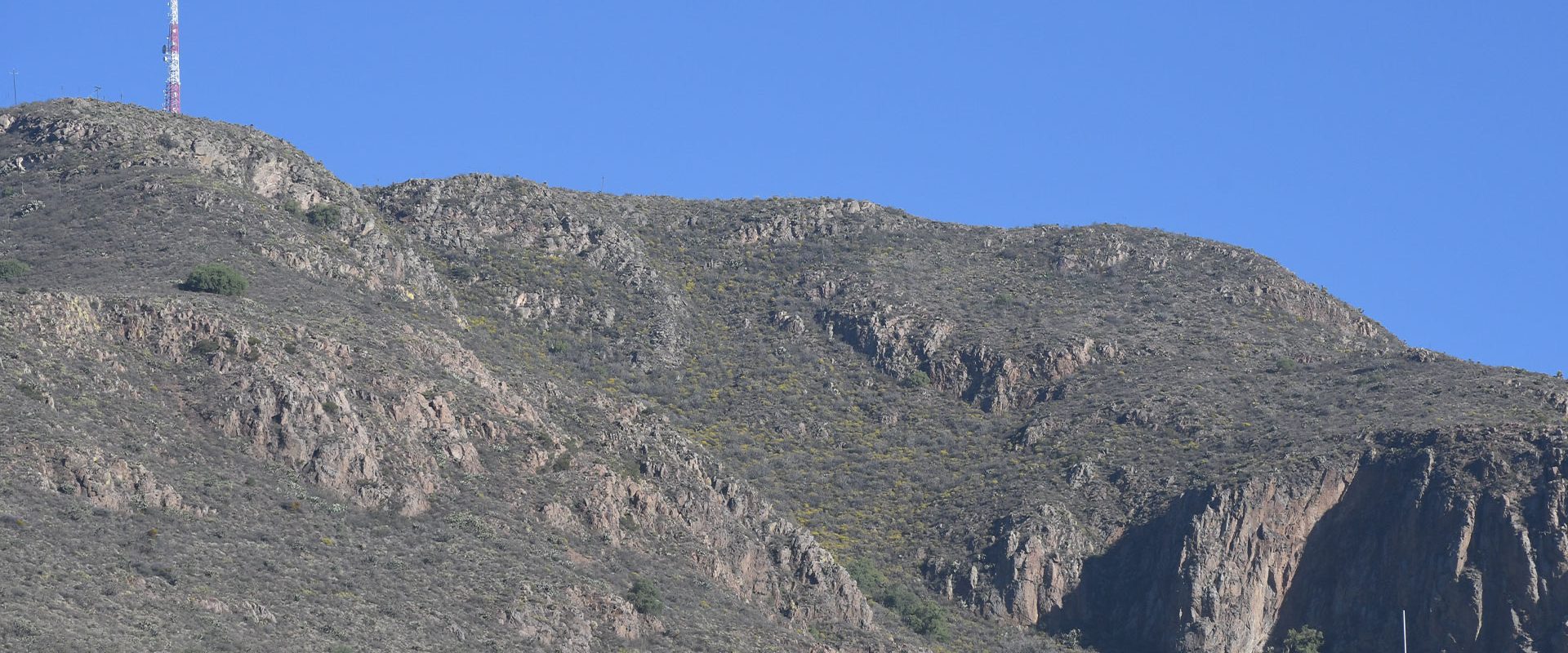
It is known to be the type locality of the Pachuca Formation. It is also notable because Gerhard vom Rath described for the first time the minerals tridymite and cristobalite in 1868 and 1887 respectively, these minerals are generally found in the vesicles of the rock. The rocks of Cerro San Cristobal are part of the Pachuca Formation, they are of andesitic composition, product of an effusive volcanic activity. They contain plagioclase, pyroxenes and olivine crystals.
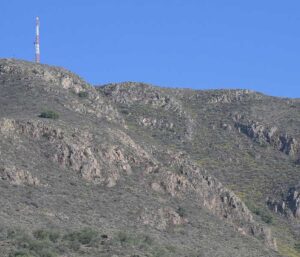
In the surroundings of the urban area of Pachuca there are tecoloczuchitl, green rose, tepozal in danger of extinction, there are also bay trees, pines, fir trees, willows, etc. There are hawks, gophers, bats, birds of prey such as vultures, vipers, rabbits, insects, reptiles, etc.
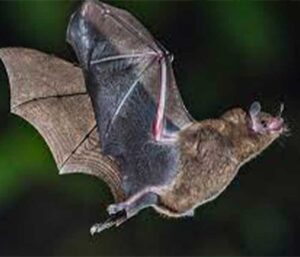
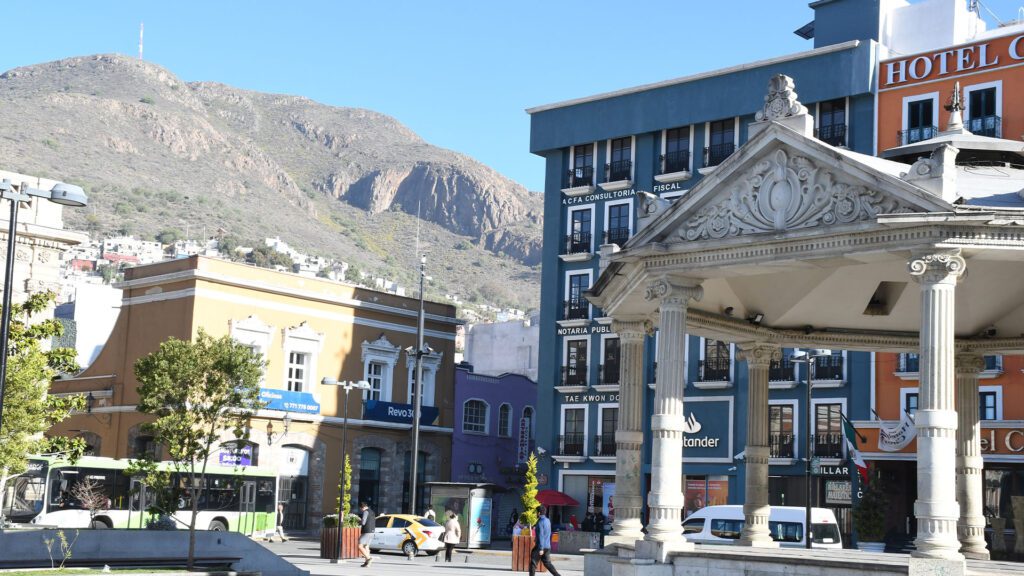
The approximate time by car is 10 minutes, leaving from the Pachuca Monumental Clock Square.
No services available
Geosite of Scientific Interest

